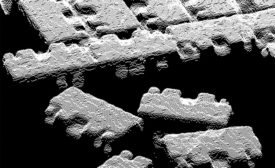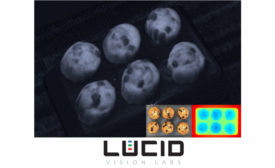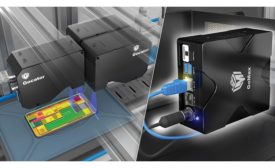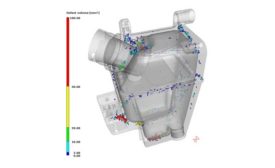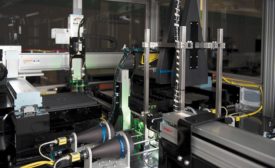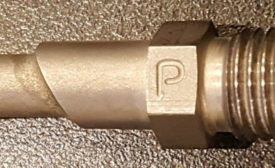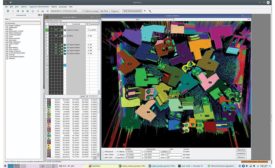Home » 3D imaging
Articles Tagged with ''3D imaging''
A look at the most talked-about machine vision technologies, their practical uses and limitations, and which will have a long-lasting impact on your current and fixture applications.
Read More
3D Stereo Camera Repeatability Measurement
Understand the process to determine measurement repeatability of a stereo 3D camera.
September 1, 2019
Sponsored Content
Time of Flight Gets Precise: Enhanced 3D Measurement With Sony® DepthSense® Technology
July 1, 2019
Q&A: 3D Smart Sensors, Deep Learning, and The Future of Automated Quality Control
The CEO of LMI Technologies describes how 3D sensors are integral to a new era of quality.
March 1, 2019
Computed Tomography Scans: The Latest Tool for Industrial Quality Evaluation
There is virtually no limit to the quality evaluation applications of CT scanning.
February 1, 2019
The New Science of Laser Trackers
Today’s enabling technology for “precision anything.”
September 15, 2018
Machine Vision Systems Integration
Techniques for putting the latest technologies and components to work in your applications.
September 4, 2018
CT Inspection: An Inside Look at CT-Based Nondestructive Testing
CT scanning has become an important tool for many research, industrial, and safety critical applications.
August 7, 2018
Radiography Trends Lead to High Speed CT
Today’s digital radiography is far beyond what early radiographers could have imagined.
April 2, 2018
3D Sensors in Machine Vision
As most players in the image processing industry know, there are several different ways to get a 3D image.
January 8, 2018
Stay in the know with Quality’s comprehensive coverage of
the manufacturing and metrology industries.
eNewsletter | Website | eMagazine
JOIN TODAY!Copyright ©2025. All Rights Reserved BNP Media.
Design, CMS, Hosting & Web Development :: ePublishing
